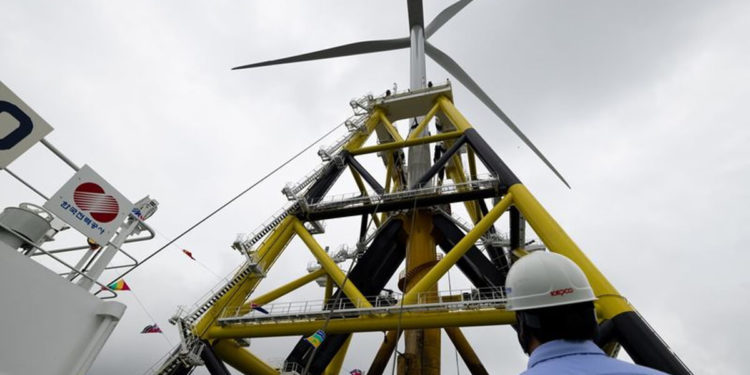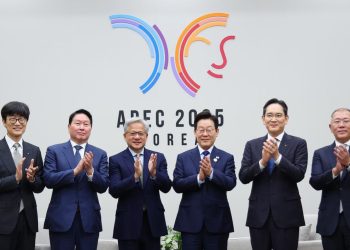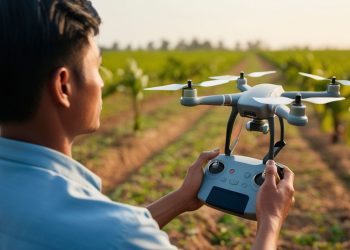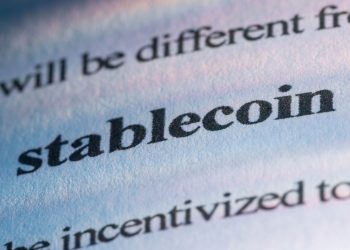The Korea Electric Power Co. (KEPCO), South Korea’s largest electric utility, developed the industry’s first-ever vessel that could maneuver fully built wind turbines. In particular, KEPCO unveiled the Multipurpose Mobile Base (MMB), a flat-bottomed ship, at a western Gunsan port.
Efficient Construction and Installation
Thanks to MMB, South Korea could lessen the time it takes for developers to assemble and install offshore wind towers. Previously, developers took around three months to finish the entire offshore wind turbine setting up process.
Now, they could significantly cut down establishment time to a few days using the MMB technology. Moreover, MMB utilizes a 1,500-ton ship to haul wind farm infrastructures. MMB also uses a “bucket suction” technique to position them.
Besides shortening wind turbine establishment time, the country’s new innovation could substantially reduce over 3.5 billion won ($3 million) from construction and installation costs. As a result, MMB could give rise to a global offshore wind power infrastructure expansion.
Expanding Offshore Wind Power Adoption
Many countries have recently adopted more renewable energy sources as part of their goal to gradually abolish fossil fuel usage and minimize carbon emissions.
“Through using the MMB technology, we should be able to tackle our 2050 carbon neutrality goal and make a huge contribution to wind power, which is the core element in the nation’s transition,” said Cheong Seung-Il, KEPCO’s Executive Director, at the event.
According to BNEF, a research provider, the worldwide offshore wind power technology capacity would grow eleven-fold by 2035. BNEF also forecasted the yearly infrastructure installations to increase to a record-breaking 11 gigawatts (GW) by 2021 and reach 32.5 GW over the next decade.
Furthermore, BNEF stated that China would account for nearly three-quarters of this year’s wind tower installations. Meanwhile, developing markets across Asia, including Taiwan and Vietnam, would advance the growth outlook.
Enhancing Korea’s Renewable Energy Sources
At present, the country houses the world’s largest tidal energy station at Sihwa Lake, supporting a 254-megawatts output capacity. South Korea also seeks to establish an additional 12-GW offshore wind farm by 2030, improving its current 0.2-GW capacity.
Earlier this year, South Korea shared its plans to set up the world’s largest offshore wind power plant by 2030. The wind energy project would also accelerate the nationwide eco-friendly energy transition.
Similarly, KEPCO, one of the country’s biggest contaminant emitters, would construct several wind farms by 2030, further promoting green energy. KEPCO also plans to increase MMB’s capacity for its future deployment to other nations, including Germany and Spain.







